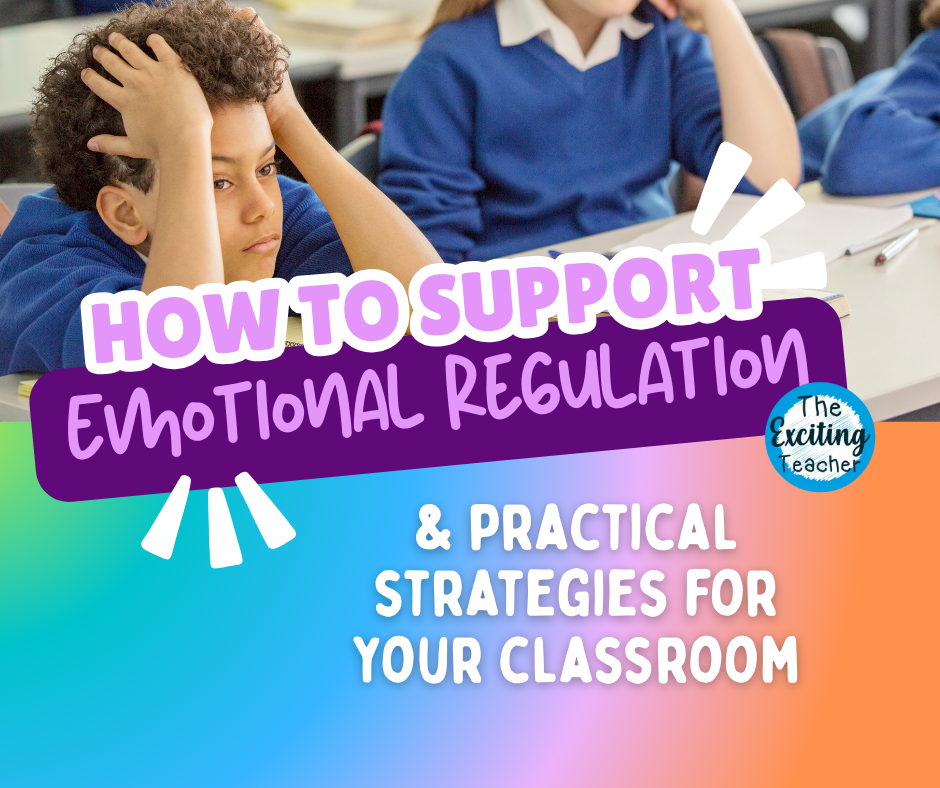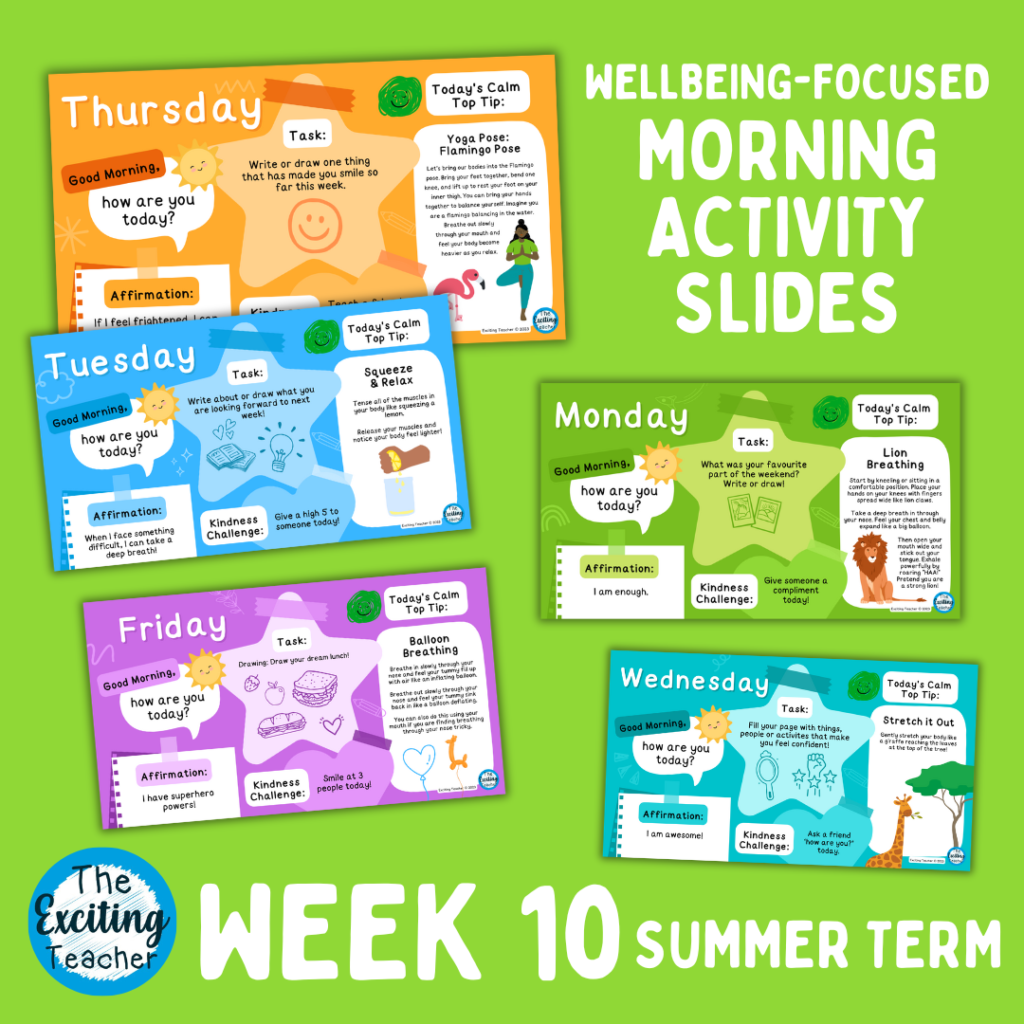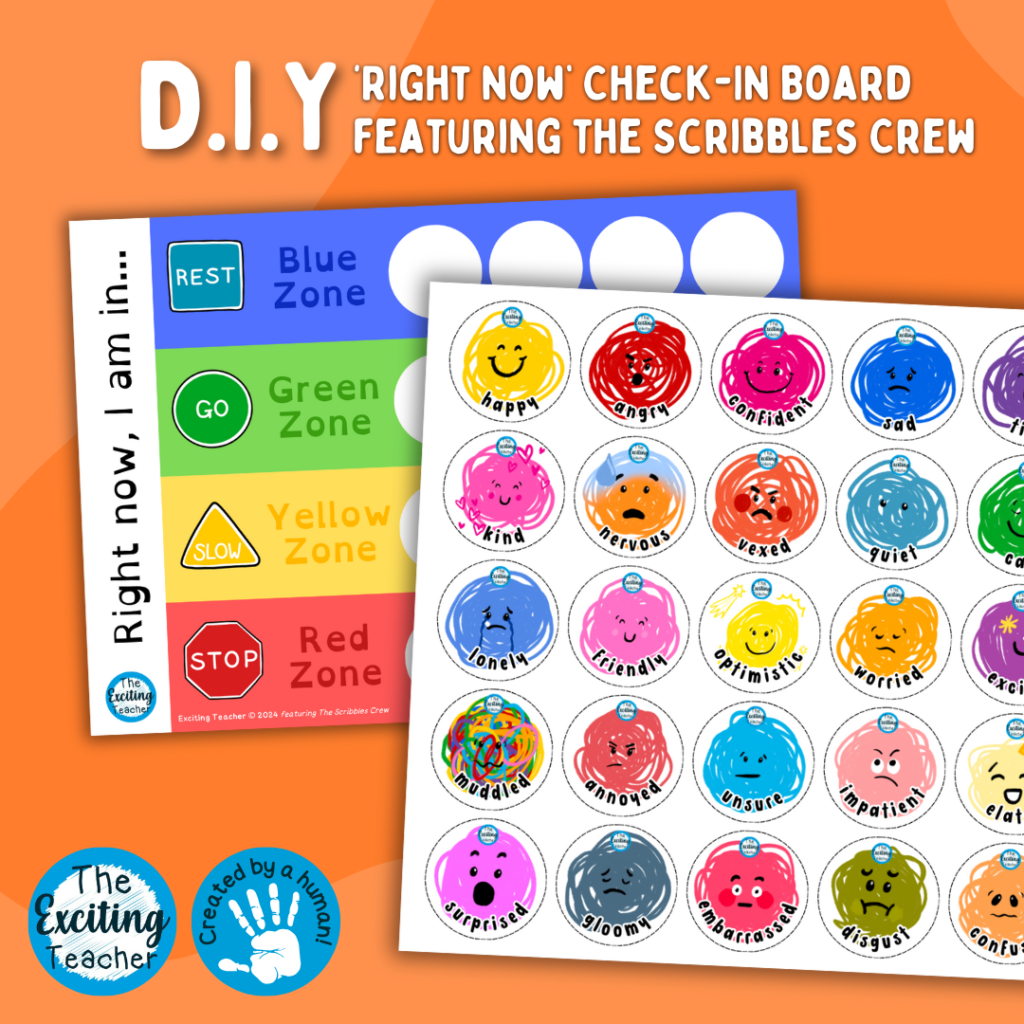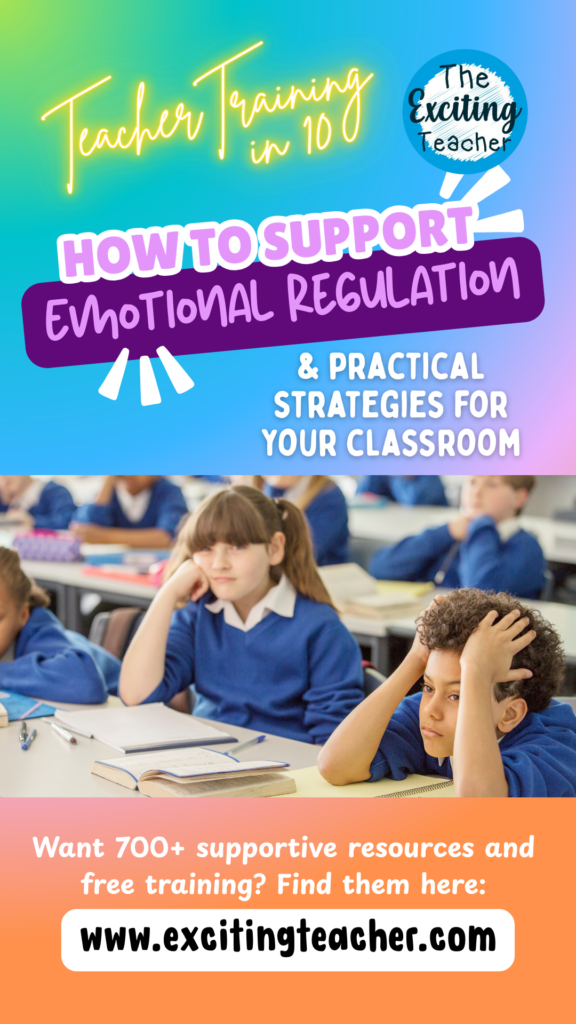Emotional dysregulation refers to difficulty in managing emotional responses appropriately. In a primary classroom, this can often be misinterpreted as poor behaviour or defiance. This makes me feel that real ‘gutted’ feeling on the inside.
Why? Well, for many children, emotional dysregulation is a sign that they’re struggling to cope with overwhelming feelings—and it’s essential that we spot the signs early.
So, what does emotional dysregulation look like in a school setting?
Children might display sudden outbursts of anger, crying without an obvious trigger, refusal to follow instructions, or even withdrawing completely.
You might notice a pupil who becomes frustrated easily, overreacts to small setbacks, or appears anxious and unsettled throughout the day.
Physical signs can also offer important clues—clenched fists, pacing, or visible tension in the body. These are often body-based reactions to stress or sensory overload and can precede bigger emotional outbursts. Children with difficulties in emotional regulation may also struggle with transitions, group work, or changes to the usual routine.
Understanding and recognising emotional dysregulation is key to creating a supportive classroom environment. Rather than seeing these behaviours as disruptions, reframing them as signs of emotional need can help guide your response.
Simple classroom strategies—like regular check-ins, a calm-down area, visual supports, and predictable routines—can make a big difference.
It’s also helpful to teach children emotional vocabulary so they can begin to name, tame and express their feelings in a healthy way. If you cannot name it, how can they ever tame it!
When we approach dysregulation with curiosity rather than judgement, we support the development of emotional literacy and build strong, safe relationships.
🎥 Want to See It in Action?
Watch my video, “How To Support Emotional Regulation in the Classroom”, and get inspired with strategies that work.
Let’s create calmer, kinder classrooms — together.

Article contributed by: Channon Gray
Exciting Teacher Founder, Former Primary School Teacher & Current NHS Education Mental Health Practitioner (EMHP).




